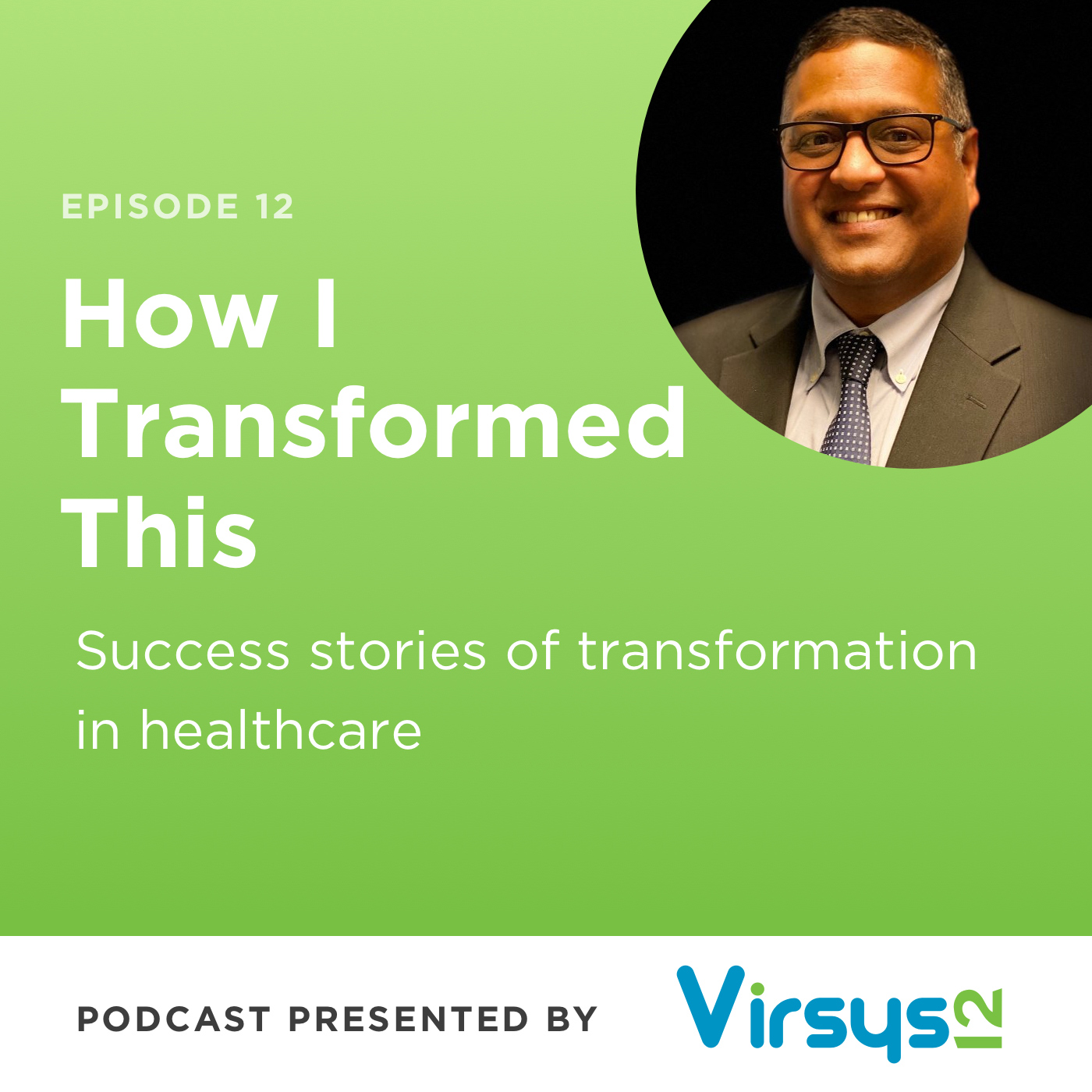Connecting Two Worlds
Even though Patel knows the importance of technology in the clinical setting, he also understands the difficulties it can bring for physicians.
Patel started out working as a pediatric critical care physician, and when computers were introduced at his hospital, he saw major inefficiencies in the systems physicians were expected to use.
“It’s not the technology in and of itself, it’s the time which they have to spend doing the tasks,” Patel explained.
Recognizing that technology has huge potential to improve the clinical process rather than make it more difficult, Patel started suggesting designs that were more compatible with how clinicians worked and thought.
“Having that sort of approach has led to my continued career, evolving from being a very active clinician to partnering with health IT to my current role as the CIO of Health IT leading a very large IT team.”
With his clinical background, Patel sees that he’s uniquely suited to “translate the clinical world to the IT world,” a skill which is especially important with the often-rapid pace of technological change.
For Patel, technology has enormous potential to both prevent and contribute to physician burnout, depending on how it’s used.
“How do we make the tools that we have, which are very powerful and do work, but they can only be used if the person using them feels they’re of value and makes their life easier,” he asked? “If you view that you’re utilizing the technology because it makes life more simple or you can get out on time, then you embrace it.”
Healthcare IT Challenges
One of the biggest barriers to seamless integration of healthcare technology is the sheer number of applications used in the clinical process. Patel explained that there are hundreds of applications, and many of them don’t sync up or work well together.
“It’s a complex health system and not everything is done by one application,” he said. “The more we consolidate applications, the better the flow is.”
On top of this, integration and data exchange become even more complex due to issues of HIPAA compliance and cybersecurity. A network of “constantly changing rules” makes it difficult to prioritize patient experience while still meeting regulatory requirements.
“The rules are being put in place in the spirit of trying to make the system better,” Patel acknowledged. “But just the balance of trying to meet regulatory requirements or payment requirements or other sorts of rules at the same time when those rules don’t necessarily allow you to address a front-line clinician’s need to solve a workflow that could make life easier or provide better patient care.”
In spite of these challenges, Patel firmly believes that healthcare IT can improve the experience of both patients and practitioners, and he has devoted his career to making that vision a reality.
Continuing to Innovate
Patel’s career at Vanderbilt University Medical Center has shown him the importance of always looking ahead to the future, even when working with the technology of today. As co-chair of the IS Design Team that worked on the new Vanderbilt Children’s Hospital in 2004, Patel helped ensure that the facility would stay at the forefront of the field when it came to its technology.
“We approached that with a lot of rigor, and a lot of work by a lot of people resulted in designing not just the facilities, but also what the technology would be in the future,” he described. “We opened that facility with a fully wireless infrastructure, with computerized physician order entry, with digital imagery and everything in place. It was an exciting time, and to see the entire technology community partnering with the architects and partnering with the clinicians and staff was just phenomenal.”
Since then, Vanderbilt has continued to push forward, seeking innovative uses of technology that will improve the quality of care.
And Patel believes it all starts with listening to and learning from people’s healthcare stories.
“That willingness to ask those questions is what really drives us to take advantage of opportunities to make change, whether it’s in the way we do things, the tools that we use, or utilizing the tools that we have in a different way. I think that’s been the most transformative nature of how we have tried to approach the use of IT in the care delivery at Vanderbilt.”
Subscribe to How I Transformed This wherever you get your podcasts, and be sure to sign up for our quarterly email newsletter to stay up to date on Virsys12’s latest transformational work.



